Time Period: Post-Reconstruction through the Gilded Age (1875 - 1900) - Starting with H
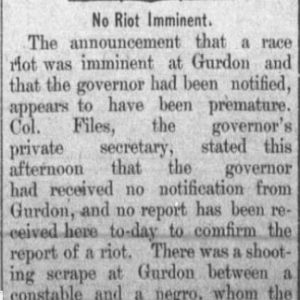 Nat Hadley Lynching Article
Nat Hadley Lynching Article
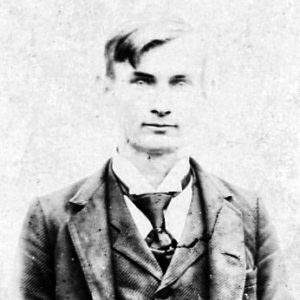 William Halbrook
William Halbrook
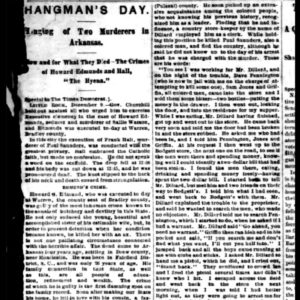 Hall and Edmunds Execution Story
Hall and Edmunds Execution Story
Hall, Frank (Execution of)
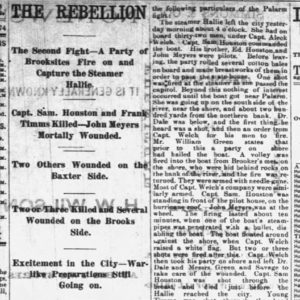 Hallie Steamboat Article
Hallie Steamboat Article
Hallum, John
Hamblen, Samuel George
 Samuel Hamblen
Samuel Hamblen
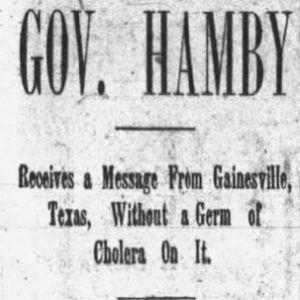 Hamby Cholera Concern
Hamby Cholera Concern
Hamby, Christopher Columbus
Hamilton and Ludberry (Lynching of)
Hamilton, Henry (Reported Lynching of)
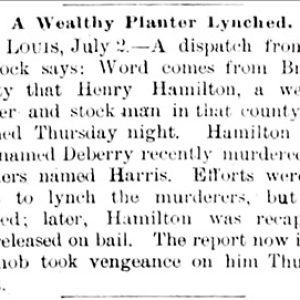 Henry Hamilton Lynching Article
Henry Hamilton Lynching Article
Hampton Race War of 1892
aka: Calhoun County Race War of 1892
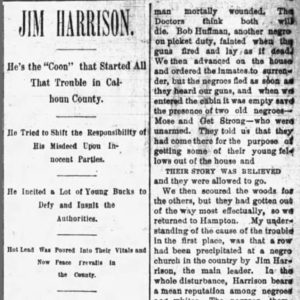 Hampton Race War Article
Hampton Race War Article
 Frances Hanger
Frances Hanger
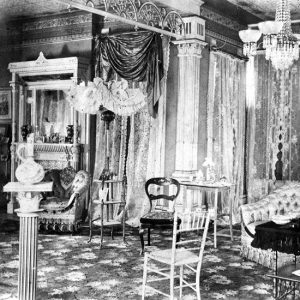 Frederick Hanger House
Frederick Hanger House
 Hardin Commutation Story
Hardin Commutation Story
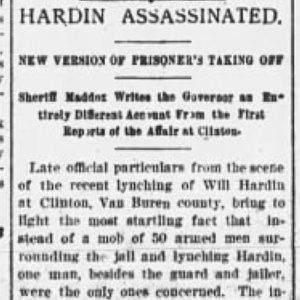 Hardin Murder Story
Hardin Murder Story
 W. H. Hardin Lynching Story
W. H. Hardin Lynching Story
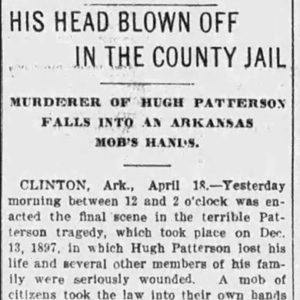 W. H. Hardin Lynching Story
W. H. Hardin Lynching Story
Hardin, Will H. (Lynching of)
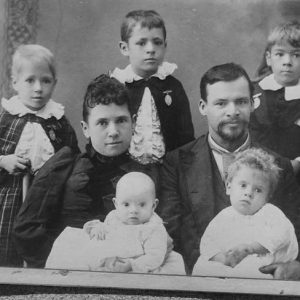 Harding Family
Harding Family
Hardy Cemetery Historic Section
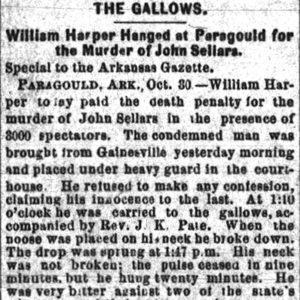 William Harper Execution Story
William Harper Execution Story
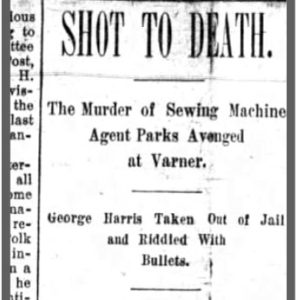 George Harris Lynching Article
George Harris Lynching Article
Harris, George (Lynching of)
 Judge Harris Flees
Judge Harris Flees
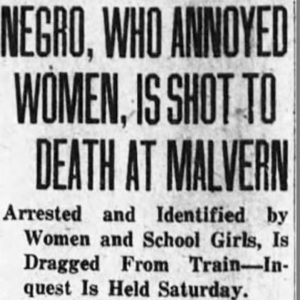 John Henry Harrison Lynching Article
John Henry Harrison Lynching Article
Hartman, Alexis Karl
Havis, Ferd
aka: Ferdinand Havis
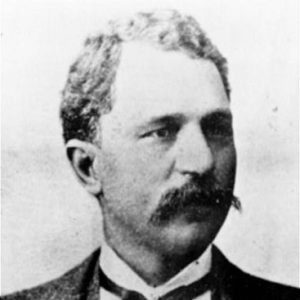 Ferd Havis
Ferd Havis
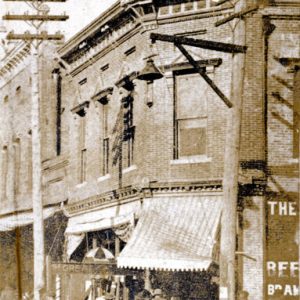 Ferd Havis Building
Ferd Havis Building
Hayden, Bud (Lynching of)
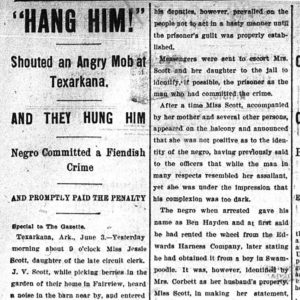 Haden Lynching Article
Haden Lynching Article
Haygood Seminary
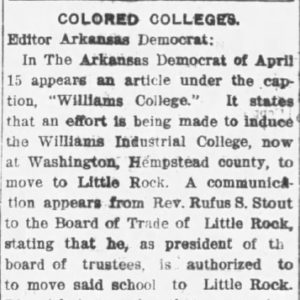 Haygood Seminary Letter
Haygood Seminary Letter
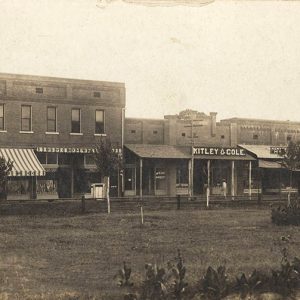 Hazen Street Scene
Hazen Street Scene
Heartsill, Willie Blount Wright (W. B. W.)
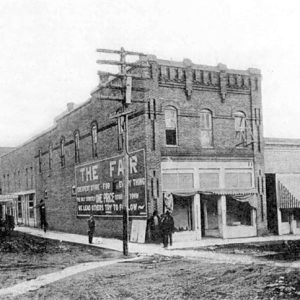 Heber Springs Building
Heber Springs Building
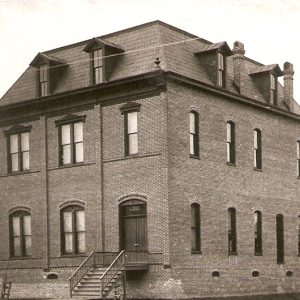 Helena Public Library
Helena Public Library
Hell on the Border
 Hell on The Border
Hell on The Border
Hemingway, Wilson Edwin
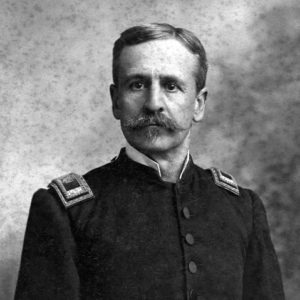 Fay Hempstead
Fay Hempstead
 Fay Hempstead
Fay Hempstead
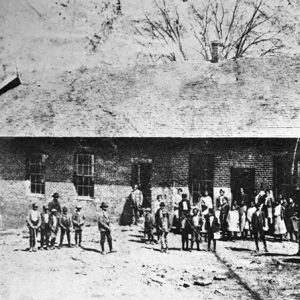 Henderson School
Henderson School
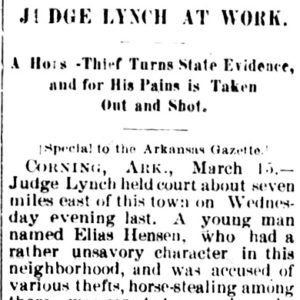 Elias Hensen Lynching Article
Elias Hensen Lynching Article




